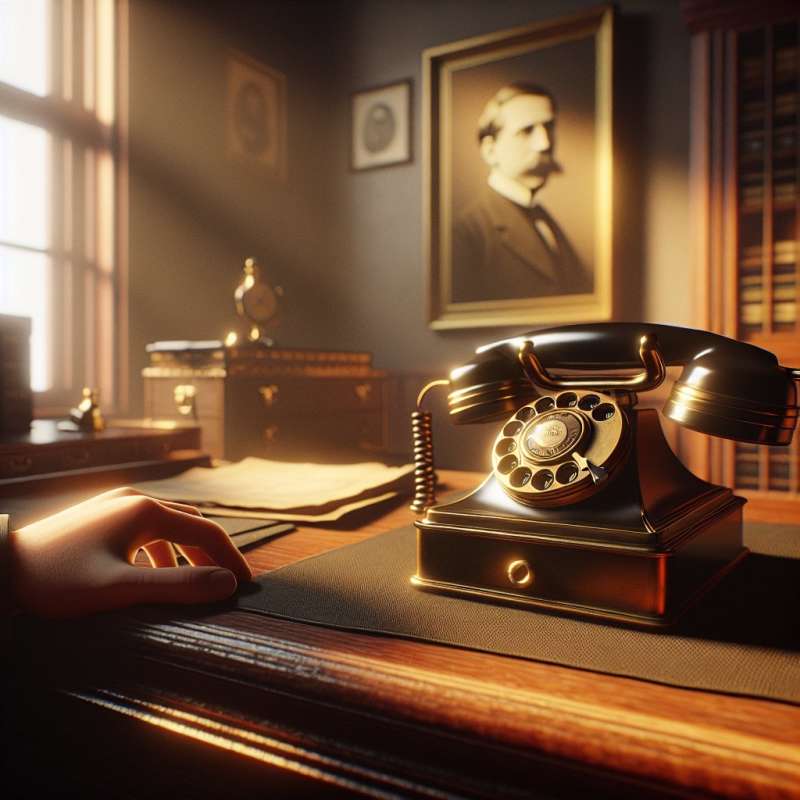
Invention of Rotary Dial
The rotary dial telephone was invented in 1891 by Almon Brown Strowger. An undertaker, Strowger was motivated by the desire to bypass human operators, whom he believed directed calls to his competitor.
Early Design Evolution
Originally called a 'finger wheel dial', the design evolved from a bulky, complex mechanism to a user-friendly interface. By 1910, the Western Electric Model 40 phone made rotary dials standard in the United States.
Rotary Mechanism Explained
Rotary dials work by interrupting the telephone signal. Each number corresponds to a series of pulses; for example, dialing '5' sends five pulses. These pulses were interpreted by switching equipment to connect calls.
Global Adoption and Variants
Post-World War II, rotary dial phones became ubiquitous worldwide. Different countries had variations, such as the UK's letter and number combination on the dial face to assist with mnemonic codes for area exchanges.
Decline and Push-Button Rise
The 1960s saw the introduction of Touch-Tone dialing with push buttons, signaling the beginning of the end for the rotary dial phone. By the 1980s, push-button phones became the norm due to their speed and convenience.
Rotary Phones Today
Despite being functionally obsolete, rotary dial phones have found a niche market. They appeal to vintage enthusiasts and are used as aesthetic statements in films, television, and interior design.Rotary Phone in Space
NASA used rotary dial phones well into the 1980s for secure communication within mission control during space missions.
Who invented the rotary dial?
Thomas Edison
Almon Brown Strowger
Alexander Graham Bell
Company